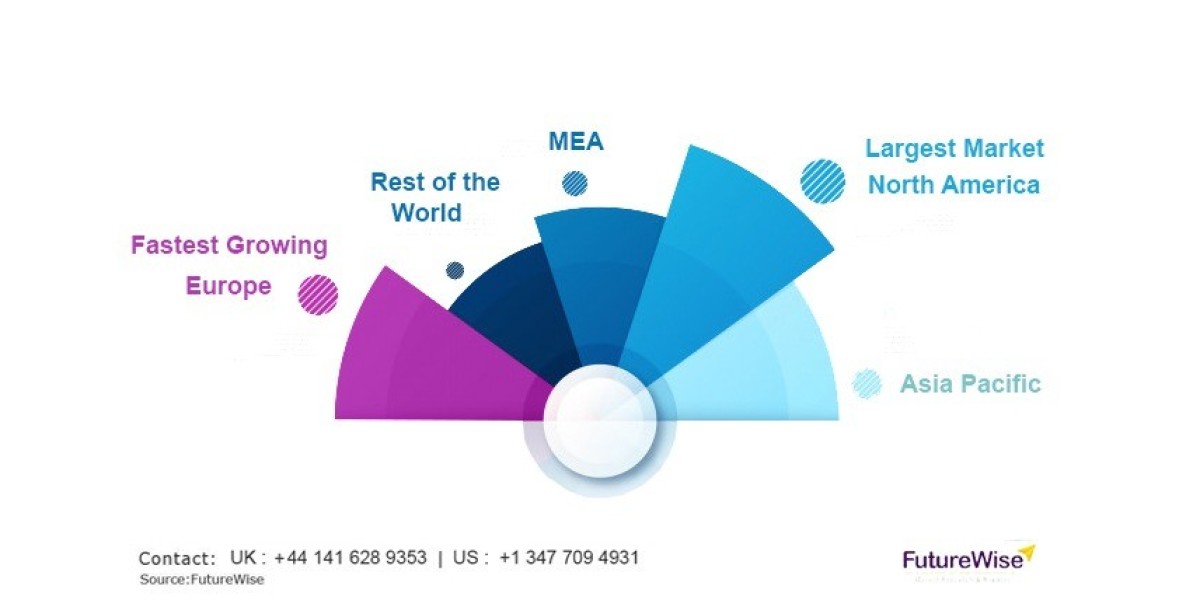When it comes to digital advertising, choosing between YouTube ads and search ads can be a game-changer for your marketing strategy. Search ads appear prominently on search engine results pages when users actively seek information, making them incredibly targeted and intent-driven. They are short, text-based, and designed to capture potential customers precisely when they are in a buying mindset. On the other hand, YouTube ads leverage visual storytelling and reach users when they are engaging with video content, often creating a broader brand awareness effect. These ads are more immersive and allow brands to showcase their personality, products, or services in a dynamic way. While both advertising formats serve different purposes, understanding their core differences helps in determining which offers a better return on investment for your specific goals.
The Power of Search Ads in Capturing Intentful Customers
Search ads are highly valuable because they target users with clear intent—they are actively looking for products or services related to your offerings. This immediate relevance often translates into higher click-through rates and conversion rates, making search advertising a reliable tool for direct response campaigns. When someone searches for a specific keyword, such as “buy running shoes,” it’s clear that they are ready to make a purchase or at least gather information. By bidding on these keywords, you can position your ad directly in front of consumers at the exact moment they’re in the decision-making phase. This immediacy and intent-driven nature often lead to a higher return on investment, especially when your keywords are highly targeted and your landing pages are optimized to convert.
The Brand Building Potential of YouTube Ads
YouTube ads excel in building brand awareness, fostering emotional connections, and reaching a large audience of potential customers at scale. These video ads give you the chance to tell stories, demonstrate products, and create memorable impressions that resonate long after the ad is over. While the direct response metrics may not be as immediate as with SEA ads, the long-term benefits of brand recall and increased familiarity can translate into more organic searches, referrals, and loyalty. YouTube's massive global audience makes it a promising platform for brands aiming to expand their reach, especially for products or services that benefit from visual explanation, such as fashion, tech gadgets, or beauty products. Though often less direct in ROI signaling, YouTube can generate significant indirect value leading to conversions down the line.
Cost-Effectiveness and ROI: Which Platform Wins?
Determining which platform delivers more ROI depends heavily on your campaign goals and budget. Search ads tend to be more cost-effective when the focus is on direct conversions because they target users with high purchase intent. The cost-per-click (CPC) is often justified by the higher likelihood of conversion, delivering strong ROI in that context. Conversely, YouTube ads typically require a larger budget for production and placement, but their value lies in creating brand affinity and reaching broad audiences. While the immediate ROI of YouTube ads might be lower, their ability to drive long-term brand growth can significantly enhance overall marketing ROI, especially for brand-conscious companies or those with longer sales cycles. A balanced approach that leverages the strengths of both platforms often results in optimal ROI.

Engagement Metrics and How They Influence ROI
While search ads are primarily evaluated via direct metrics like conversions and cost-per-acquisition, YouTube ads focus more on engagement—view time, likes, shares, and brand lift surveys. High engagement levels on YouTube translate into increased brand awareness and emotional attachment, which can boost future search-driven traffic or organic referrals. For search ads, success is directly measured by click-through rates and conversion rates, making ROI easier to calculate with concrete data. On YouTube, more subjective measures such as brand recall and viewer sentiment can influence purchasing behavior over time, even if they are less immediate indicators of ROI. Understanding these different engagement signals helps marketers allocate budgets effectively based on the type of ROI they prioritize.
When to Prioritize Search Ads – and When to Focus on YouTube
The decision to focus on search or YouTube ads hinges on your overall marketing objectives and your sales funnel stage. If you need immediate results, such as driving leads, sales, or sign-ups, search ads are often the better choice because they target users with explicit intent. They are particularly effective for short sales cycles or time-sensitive campaigns. Conversely, if your goal is to build awareness, enhance brand perception, or educate your audience about complex products, YouTube’s visual platform is more suitable. It’s also invaluable for campaigns that require storytelling or emotional engagement to influence purchase decisions indirectly. Many successful brands adopt a blended approach, using search ads for conversions and YouTube ads for long-term brand equity, ensuring a comprehensive ROI strategy.
Final thoughts: The Hybrid Approach for Maximum ROI
Ultimately, both YouTube ads and search ads have their unique strengths, and the most effective advertising strategies often integrate both channels. While search ads typically provide a more direct route to ROI, YouTube’s branding power can amplify your overall marketing impact by creating familiarity and trust. Combining immediate, intent-focused tactics with broader brand-building efforts allows businesses to cover multiple touchpoints in the customer journey. Tracking performance across both channels and analyzing how they work together enables marketers to optimize their budgets effectively, ensuring that investment in each platform delivers measurable ROI aligned with overall business goals. The key is to remain agile, test continuously, and adapt your campaigns to harness the unique benefits of both ad types for a balanced, high-return marketing mix.









